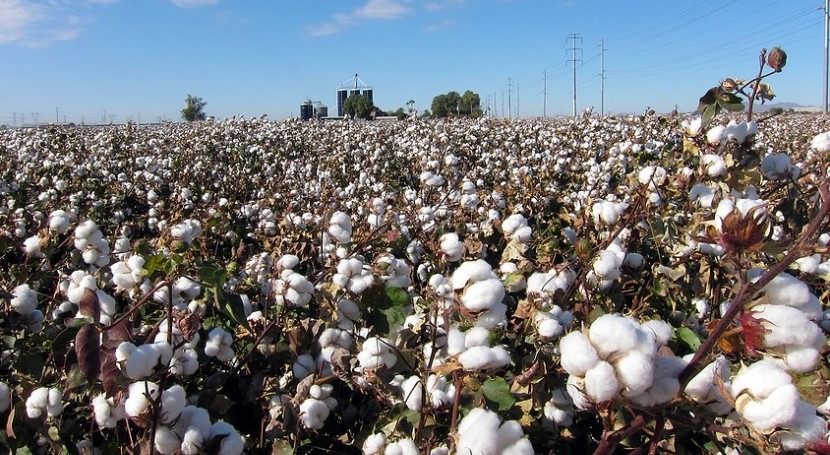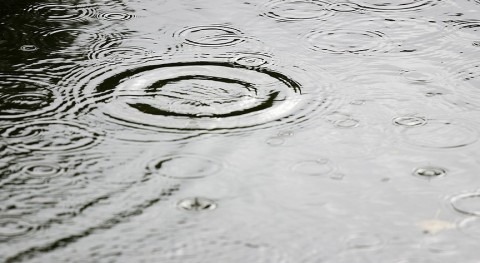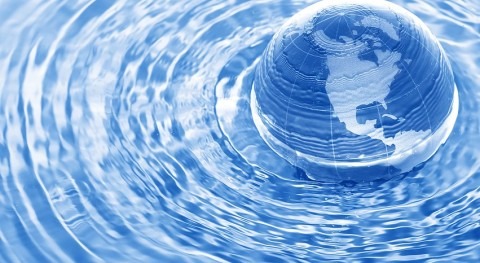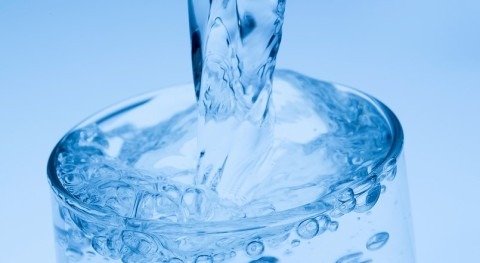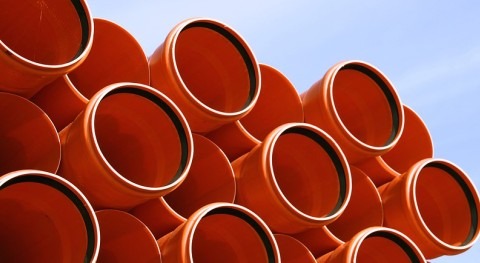One of the least discussed aspects of the climate emergency is the water crisis, but as the realities of water stress and scarcity around the world really start to bite, there can be no doubt that it will soon become a hot topic of conversation, hitting headlines with increasing regularity as time goes on.
Because water underpins every aspect of society in the 21st century, it is immediately noticeable when there’s a disruption to supply.
Water shortages impact us all, from individual homeowners to businesses big and small, in all industries and across all sectors… and, sadly, freshwater resources are becoming increasingly scarce because of population growth, climate change, a drop in water quality, extreme weather events and water mismanagement.
Working out the water footprint of every individual aspect of modern life is the first step towards reducing water usage and consumption, safeguarding resources for future generations and ensuring that we can continue to enjoy life as we’ve become accustomed to it.
Naturally, some goods and services are more water-intensive than others – and cotton, as one of the most common natural fibres used in textile production, has a significant environmental footprint when you take into account irrigation, industrial processes, manufacturing, distribution and ultimate disposal at the end of the product lifecycle.
Part of the problem is that irrigated cotton is generally grown in warm climatic regions that are already facing water stress and scarcity issues, such as China, Pakistan, the north of India, Egypt and the Mediterranean. Without water, cotton production will slow – something that is already being seen in some parts of the world.
Just this month (December), for example, a new report from the Pakistan Cotton Ginners Association (PCGA) revealed that the arrival of seed cotton at the ginning stage saw a decline of 40.28 per cent, with ginners being hit by extreme weather shortages of up to 30 per cent of average flows at sowing time.
According to The News International, massive flooding submerged plants during the harvest and arrivals were later affected by a failure to drain the excess water even months after the event.
In the Punjab, cotton arrivals were down 31 per cent compared to last year, while the Rajanpur District saw the steepest fall of 71 per cent following serious flooding earlier in 2022. The data showed that cotton arrivals peaked at 4.28 million bales this year, compared to the 7.168 million seen the year before.
Water mismanagement has been cited as the main cause for this drop in output, but the cotton industry in Pakistan has been hit hard from three angles – massive flooding during the harvest period, extreme water shortages during the sowing time and the failure to drain water months after the deluge took place.
Experts are now suggesting that providing better infrastructure and using water resources more efficiently could reduce crop losses by half by distributing water fairly smoothly after reducing fluctuation in natural flows.
Poor governance of water resources has reportedly had a significant impact on the rural economy, with not just cotton but other crops as well badly affected by the recent flooding, particularly in Balochistan and Sindh.
What’s the solution?
The majority of cotton production systems use a furrow irrigation system, but there are other options that are more sustainable, such as sprinkler and drip systems, although figures suggest that only around 0.7 per cent of land around the world is currently irrigated in this way.
Drip irrigation systems are one of the most efficient and economical ways to use water, not only ensuring that plants use resources as efficiently as possible but also reducing runoff and evaporation, with water applied slowly at the plant root zone rather than the canopy, keeping wastage to a minimum.
Interestingly, it seems that drip irrigation not only saves water but also has the potential to increase crop yields and improve crop quality. By applying water to the crop root rather than the canopy of the plant, humidity levels are easier to control, which can help improve lint quality, as well as reducing pest and crop diseases.
What about pollution?
Water quality can also be affected by cotton production, so this is something that will also need to be taken increasingly into account as time goes on if resources are to be afforded proper and long-lasting protection.
Conventional cotton production practices use substantial amounts of both fertilisers and pesticides, which can affect both soil and water quality, as well as the biodiversity in fields and further downstream.
Surface water runoff from fields contains all sorts of minerals and nutrients, which can cause contamination and serious problems in rivers, lakes, wetlands and underground aquifers, so this is certainly part of the equation when considering how to reduce cotton’s water footprint.
What action can farmers take?
There’s a lot that can be done to make significant inroads to making the cotton industry more sustainable from both a water perspective and an overall environmental one.
A good place to begin, perhaps, is the WWF Better Cotton Initiative project. Farmers that adopt the initiative standards commit themselves to minimising the harmful impact of crop protection practices, using water efficiently and caring for water availability, caring for soil health, conserving natural habitats, preserving fibre quality and promoting decent work.
Farmers that adopt these best practices have been found to grow healthier cotton, use less pesticide and fertiliser, and experience fewer water overruns.
For example, some 97 per cent of the water in the Indus River in Pakistan is used to produce crops, including cotton, but since signing up to the scheme more than 75,000 farmers in the country have reduced water usage by 39 per cent, helping to ease pressure on this vital waterway.




